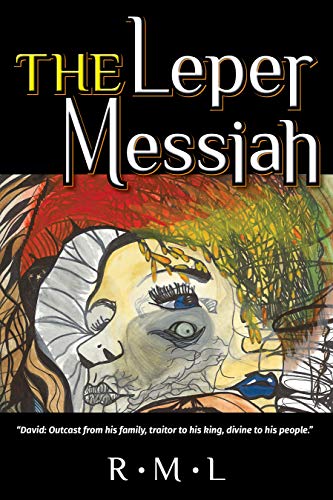
The witnesses to a Jewish, pre-Christian, belief in a Suffering Messiah that we have heard from so far:
- Ecclesiasticus,
- Interpreted the Servant Songs in Isaiah as references to a new coming of Elijah as the messiah.
- the Testament of Benjamin,
- Attributed to a messiah from the tribe of Joseph the atoning death found in Isaiah’s Servant chapters.
- and the Parables of Enoch.
- Describe a messianic figure whose attributes are taken from Isaiah’s Servant passages.
- the Peshitta
- A pre-Christian translation portraying Isaiah’s Servant chapters as references to the messiah.
- the Gospel of Luke
- The mocking expression “the chosen one” most probably derives from pre-Christian
6. Aquila’s “leper messiah” translation of the OT
Aquila’s agenda was to replace the Septuagint that was seen as allowing too much room for Christian interpretations of the messiah. We must accept that Aquila was drawing upon pre-Christian interpretations of the messiah “bearing our sicknesses” to justify his translation.
At the beginning of the second century A.D.263 Aquila completed in Palestine a new translation of the O.T. into Greek, designed to replace the LXX, as the latter offered Christians too much scope for the production of christological proof-texts.264 Aquila’s interpretation of the servant in Isa. 53 is to be inferred, inter alia, from his agreement with Test. B. 3.8 in the understanding of Isa. 53.5,265 and from his exegesis of 53.9 as referring to the judgement which the servant holds; messianism is implicit at both points.266 Further, Aquila translates (according to Jerome) נגיע (Isa. 53.4) by άφημένον267 (leprous, cf. Vulgate: quasi leprosum), a translation which is explained by the fact that the past participle of נגע in postbiblical Hebrew (Pu’al) and Aramaic (Pa’el) has the meaning ‘leprous’. For our question this translation is very illuminating because the exegesis ‘leper’ for Isa. 53.4 is met with also in rabbinic literature and is here referred to the Messiah.268
We are thinking of two places in B. Sanh. 98 which alone in the Talmud, along with a late Midrash text,269 have preserved the curious conception of a leprous Messiah.270 One text is B. Sanh. 98b, from circa A.D. 200.271 In an enumeration of messianic titles it is here said ‘And the teachers said “the leprous one”, those of the House of Rabbi272 said “the sick man” is his name, for it is written: “Surely he hath borne our griefs and carried our sorrows, but we thought him stricken with leprosy (? גגו ), smitten and tormented by God” (Isa. 53.4)’.273 The other text is B. Sanh. 98a (alleged experience of R. Jehoshua’ ben Levi, circa A.D. 250), where it is described how the Messiah sits outside the gates of Rome among the wretched people who ‘bear pain’ (cf. Isa. 53-4),274 and alone among them unbinds and binds just one wound at a time, so that without delay he may fulfil the summons to save Israel.
Aquila’s translation of Isa. 53 permits us to trace back this reference of Isa. 53.4 to the leprous Messiah as far as A.D. 100.275 But we must go back yet a step further; the messianic interpretation of Isa. 53.4 cannot have arisen first circa A.D. 100, for quite apart from the messianic exegesis of Isa. 53 in Test. B. (cf. p. 57) and Peshitta (cf. p. 60), it is completely out of the question that the Jews should have begun to interpret messianically the passion texts of Isa. 53 only at a time when Christians were already using Isa. 53 as the decisive christological proof text.276
(Jeremias, 63 f.)
To see how Aquila’s translation is dated to the beginning of the second century scroll down to the end of the this post where you will see the footnote #263. Continue reading “Jewish Understandings of a Suffering Messiah before the Christian Era (4)”
